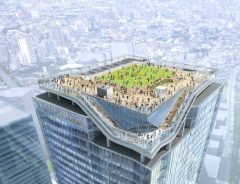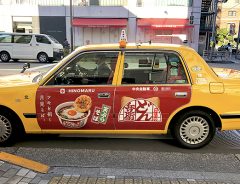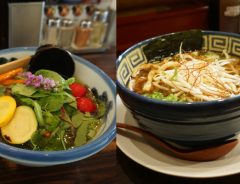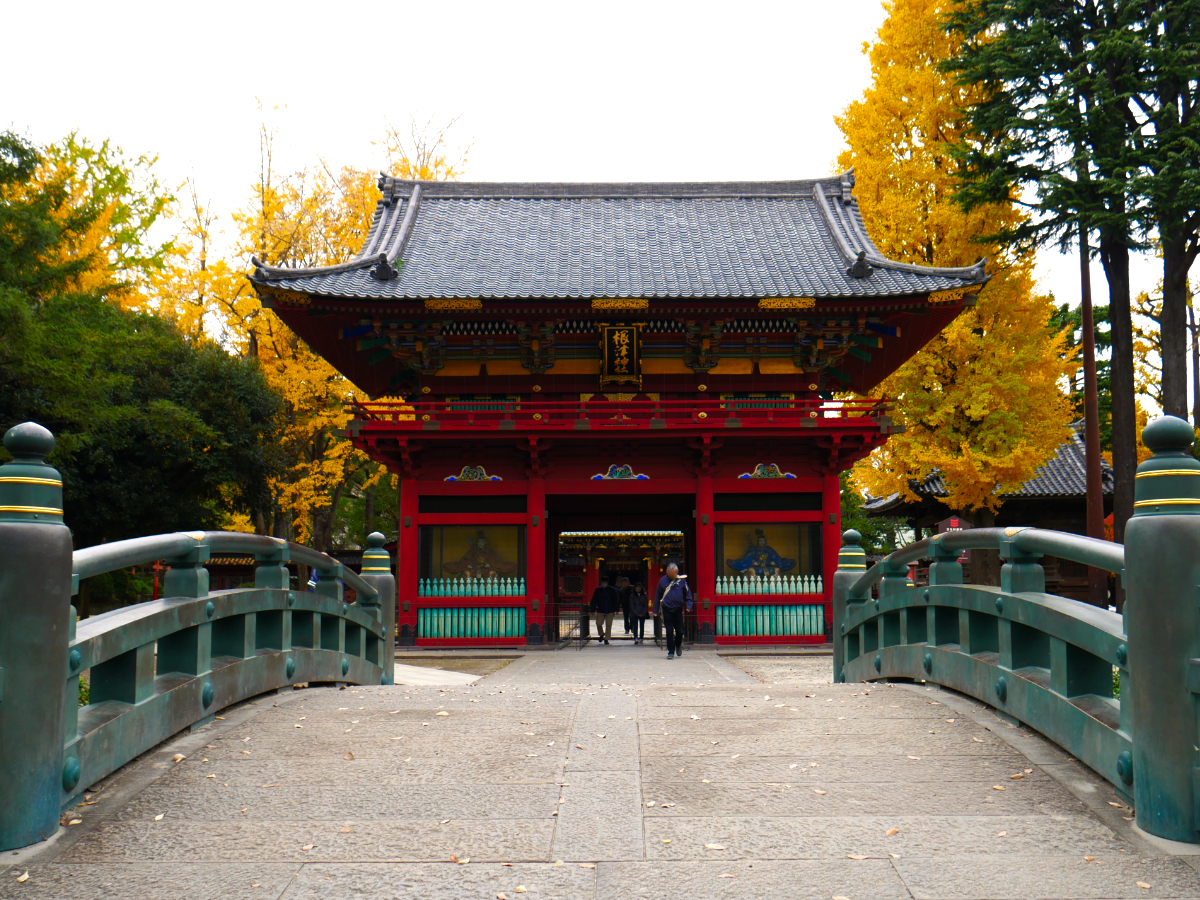- Tags:
- Nezu Shrine / Shinto shrine / Tokyo / Ueno
Related Article
-

4 Best Kakigori Shaved Ice Desserts in Tokyo to Cool Down with This Summer
-

Shibuya Sky Building Will Give 230m High Rooftop View of Tokyo’s Famous Crossing
-

New Tokyo Taxi Service Offers Free Rides And Free Noodles [Hands-On Report]
-

5 Amazing Vegan and Vegetarian Ramen Restaurants in Tokyo
-

Experience The Working Life Of A Manga Artist At This Japanese Cafe
-

Japan Blue: An Indigo Dyeing Process That Links You With The Heart Of A Japanese Craftsman[PR]



The quaint little neighborhood of Nezu
Home to over 9,000,000 people, Tokyo is the world’s largest and busiest metropolitan city. Add an extra 2 million day tourists, and you can picture the chaos that ensues. High skyrises, multicomplex office buildings, restaurants and entertainment businesses make up the majority of the cityscape.
As you can imagine, with that many people walking the streets, and with so much concrete everywhere, it can be hard to find a tranquil place within the cities innermost borders.
Take a stroll in Ueno, however, and you might be surprised at the beauty that exists, tucked away just northwest of one of Tokyo’s busiest train stations.
Sure, you have the always green and welcoming Ueno Park and there is also the Ueno Zoo, which claims to be Japan’s oldest, but the special place I’m tempting you with is hidden just a little further north.
Just a few short minutes walk from central Ueno, you will find yourself approaching the quaint little neighborhood of Nezu. Here, you’ll already be noticing a huge difference from the huff and puff of central Tokyo. It is quieter here, and the air feels clearer.
Traditional wooden houses, atmospheric izakaya’s and nostalgic old sweet shops selling hard candies and sweet potato cakes are dotted around. Walking around here, you’ll start to notice you feel as if you have taken a leap back in time.
Make a left turn off of the main road, and you’ll find yourself standing on one of the quietest streets in Tokyo. At the bottom left-hand side of the street, there is a small sweet shop where you can pick up some classic Japanese hard candies and a little further up, sits a tea shop and a traditional pottery store.
Entering the shrine grounds
Take in the sights and then continue up the road for about 2 minutes and on your right you will suddenly become aware of a large torii gate inviting you in. Here marks the entrance of Nezu Shrine.
Heading inside the shrine grounds, you will find a traditional arched stone bridge crossing over a small stream of clear tranquil water.
Beyond that, an ancient wooden gateway signifies the entrance to the inner shrine buildings.
Just off to the left, small ponds housing Koi carp mark the outer gardens of the shrine and Vermilion torii gates line a pathway that winds through azalea bushes.
Seeing all of this, you will be wondering how you managed to get this shrine complex all to yourself.
There are no other tourists here, sure you might be sharing the grounds with some humble locals, and if you’re lucky there may be an ongoing traditional Japanese wedding happening at the shrine, but for the most part, it is peaceful here.
If you’re lucky you might come across a traditional Japanese wedding at the shrine. | Photo by Connie SceaphierdePhoto by Connie Sceaphierde
History of Nezu Shrine
Nezu Shrine is styled after Nikko’s Toshogu Shrine, a Ishi-no-ma-Zukuri type shrine, in which the worship hall and main sanctuary are interconnected under the same roof. The area of Nezu and the shrine itself, managed to escape disaster during the wartime air raids, and as they still stand, are a time capsule into the last century.
According to legend, the shrine was originally built in Sendagi, 1900 years ago during the 1st century by Legendary Prince Yamato Takeru. Although there are those who disagree with this, Nezu Shrine is still one of the oldest and most important shrines in Tokyo.
The current building has been standing since the mid 17th century, and has been designated as important cultural properties by the government.
During the Edo era, the shogun, Tokugawa Tsunayoshi, relocated Nezu shrine from its original home in Sendagi to its current location, to mark the occasion of him choosing his successor.
“Senbon Torii” Vermilion torii gates line the pathway. | Photo by Connie SceaphierdePhoto by Connie Sceaphierde
The Bunkyo Azalea Festival
Nezu Shrine springs into life every April, when the cherry blossom trees and thousands of azalea bushes bloom pink and white on the small hillside within the shrine grounds. With over 3,000 azalea plants and over 100 different varieties, the shrine becomes quite a spectacle in its spring colours. Crowds flock to the shrine for the Tsutsuji Matsuri, which is a large flower festival held from April to May, where visitors can enjoy taking in the beauty and walk through one of the most colourful shrines in Tokyo.
GETTING THERE
Nezu Shrine is located just a little northwest from the Ikenohata gate of Ueno Zoo, but the easiest way to access the shrine, is to take the Chiyoda line to Nezu station.
From the station take Exit 1 and turn left onto the main street. After walking for about 3 minutes, you should come to a second traffic signal which is signposted as “Nezu-Jinja-Iriguchi-intersection”. From here you want to make a left turn onto a quiet side street. Walk along the side street for another 2 minutes, and about halfway up the road, the entrance to Nezu shrine will appear on the right.